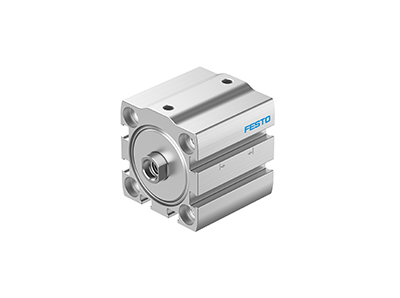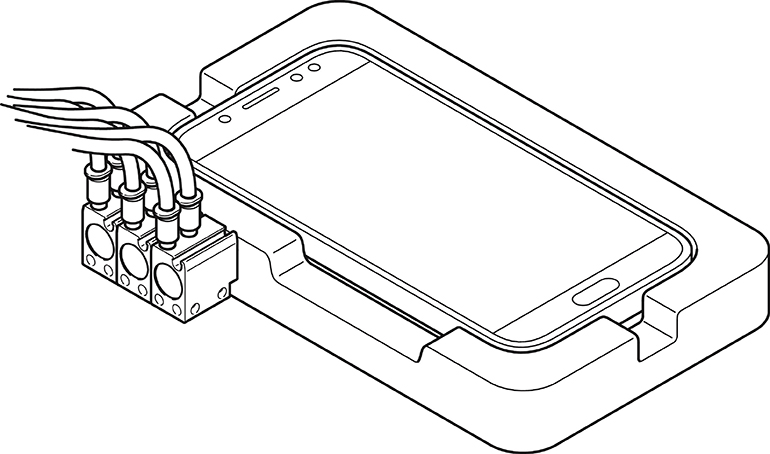By Vicki Burt, Contributor
One of the benefits in choosing a compact cylinder is getting effective motion in a small footprint. These short-stroke, low-profile, air cylinders are designed to fit into tight spaces and are available in a variety of mounting options.

Pancake cylinders are a trademarked line of compact air cylinders from Fabco-Air Inc. They were designed in the 1950s to get the longest stroke possible in the smallest envelope and have evolved to include a variety of bore sizes and options such as magnetic pistons and non-rotating styles.
Designers need to consider the cylinder’s primary function and the available space when deciding what kind of mount to use. Don’t forget that many manufacturers will also work with you directly to either help optimize a standard mount or create a custom set-up.
Here’s a look at installation options for some of the most widely used compact air cylinders.
The type of mount selected will depend first on whether the motion is linear or turns a crank arm.

For linear motion along a straight line, including pushing, pulling, or lifting, select a rigid mounting. This could mean bolting the cylinder by tapped holes on the bottom or standing it on end and running bolts into sleeve mounts in the end cap. Standard NFPA mounts are usually available from the manufacturer.
For motion that turns a crank arm where the cylinder needs to pivot, select flexible mounting. Clevis mounts, eye mounts, and trunnion mounts allow the cylinder to move in an arc while restricting lateral motion.
Another consideration is where the cylinder will be supported, for example, directly down the centerline, at a pivot point, or using a foot mount.
In centerline mounting the mounting plane is the centerline of the cylinder. Thru-hole, nose, and rear-flange mounts are examples of centerline mounts.
In non-centerline mounting, the plane is not through the centerline of the cylinder, which can create a bending moment around the mounting points. Side lug and foot mounts are a few of the options for these applications.
For applications where the cylinder’s piston rods need support at its extended length, there are several ways to design for this. An internal stop tube can block the piston from reaching the front head, reducing wear and extending operating life. Double rod cylinders have rod bearings in both end caps reducing the load on the piston. And twin rod cylinders can be installed vertically or horizontally to support large loads.
Compact air cylinders are designed to fit into tight spaces while providing long strokes. Working with the cylinder manufacturer will get the best fit for your application.
Filed Under: Cylinders & Actuators, Pneumatic Tips